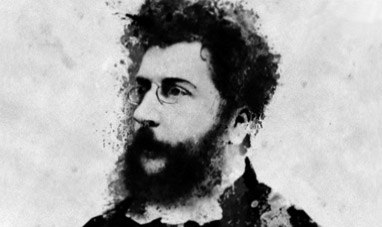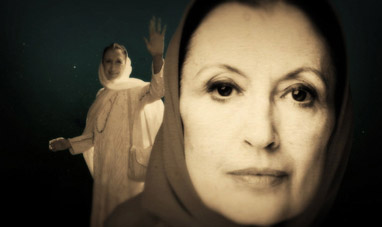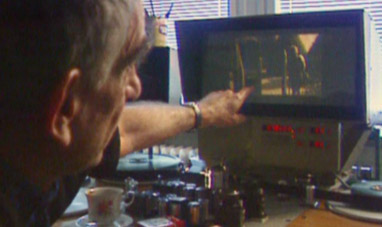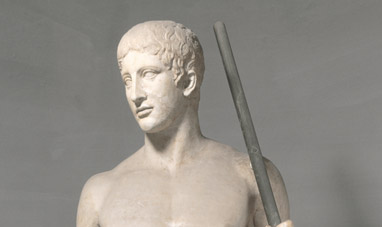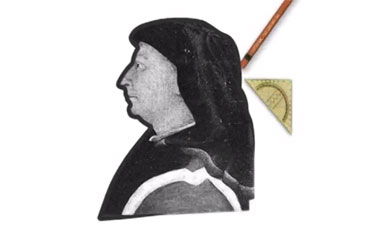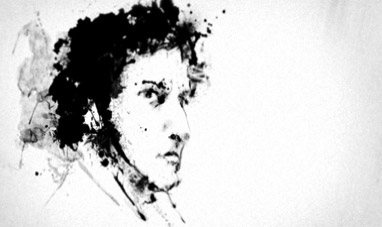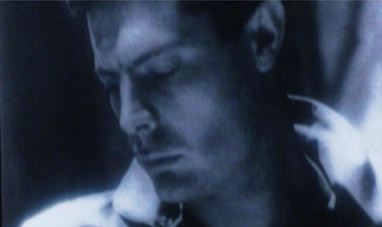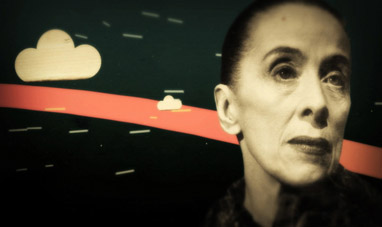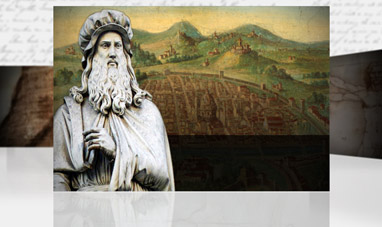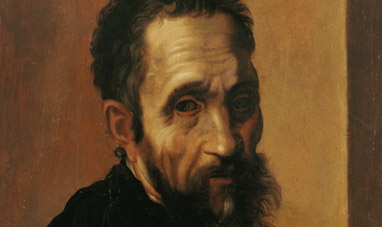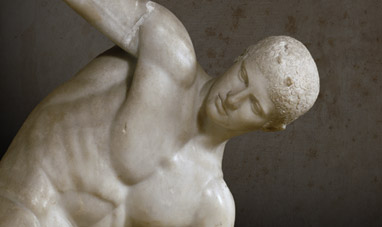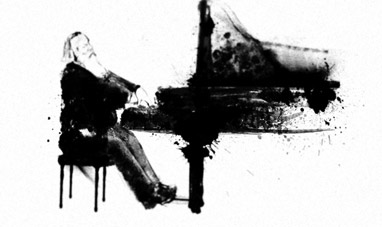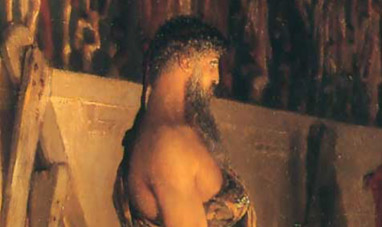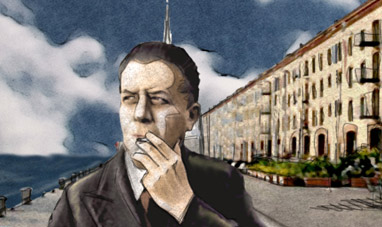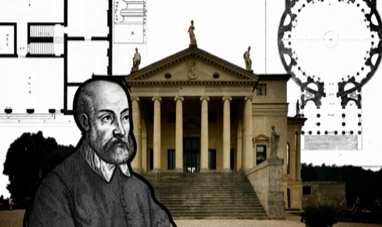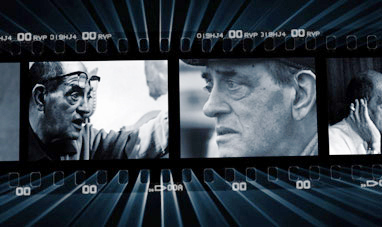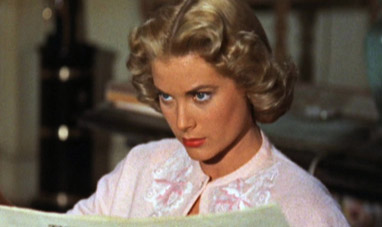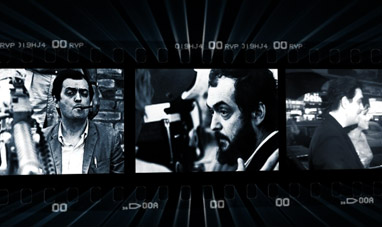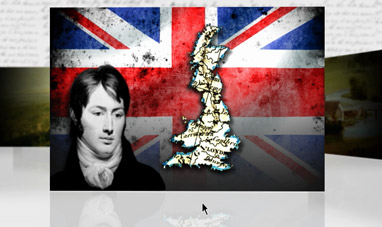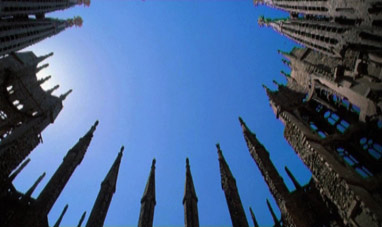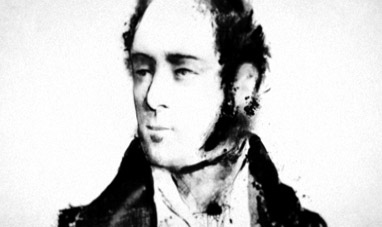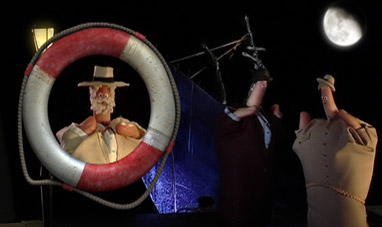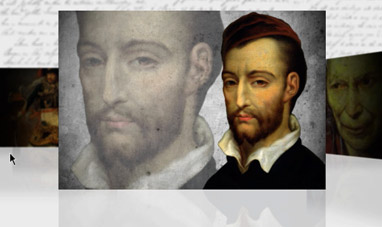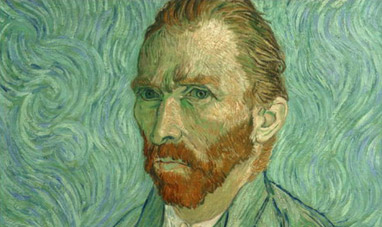Ernest Hemingway was an American writer and journalist, equally famous for his novels and his adventurous lifestyle. He was born on July 21, 1899 in Oak Park, near Chicago, into a well-to-do family. Not particularly interested in school, Ernest preferred to follow his father on fishing and hunting trips. In 1914, Europe became embroiled in World War One. Hemingway volunteered and was sent to the Italian front, where he was wounded and decorated for valor. In 1919, he returned to the US. He struggled to readapt to civilian life and begin to suffer from insomnia and depression. In 1921, he married Elizabeth Hadley Richardson and moved to Paris, where he made contact with other American intellectuals living there including Ezra Pound and F. Scott Fitzgerald. Hemingway made his living as a correspondent for a Toronto newspaper, writing stories and traveling around Europe.
In Spain, he developed a passion for bullfighting, which he compared to Greek tragedies. There he started the novel The Sun Also Rises, a story about the travels and disillusionment experienced by a group of Americans, set against a backdrop of bullfights in Pamplona. In 1927, he divorced Elizabeth and married the journalist Pauline Pfieffer. The newlyweds moved back to the US, to Key West, in Florida. There the writer began work on his novel A Farewell to Arms. In it, Hemingway drew on his experiences on the Italian front to write about love as consolation in the face of the horrors of war. The book was a huge success. He worked intensely over the following years, taking two trips to Europe and Africa. He wrote The Snows of Kilimanjaro and The Green Hills of Africa during this period.
Hemingway had become very popular. His books were adapted into plays and screenplays, and his life, between wars, women, and hunting, was draped in a romantic allure that seduced younger generations. In 1937 he was a special correspondent in Spain, reporting on the civil war between the republican government and General Franco’s nationalists. The Spanish conflict became the inspiration for his novel For Whom the Bell Tolls, another bestseller. Around that time, Hemingway moved to Cuba with his third wife, the writer Martha Gellhorn. In the 1940s he returned to Europe as a correspondent to report on World War Two. In 1946, he married for the fourth time and in 1952, he wrote the novella The Old Man and the Sea, about the epic struggle between a fisherman and a huge marlin. In 1953, The Old Man and the Sea won the Pulitzer prize. The following year, Hemingway was awarded the Nobel Prize. In 1960 he left his house in Cuba and went back to the US. His health was undermined by alcohol and he slid deeper into depression. Hemingway committed suicide in Ketchum, Idaho, on July 2, 1961, shooting himself with a shotgun. He was 61.
In Spain, he developed a passion for bullfighting, which he compared to Greek tragedies. There he started the novel The Sun Also Rises, a story about the travels and disillusionment experienced by a group of Americans, set against a backdrop of bullfights in Pamplona. In 1927, he divorced Elizabeth and married the journalist Pauline Pfieffer. The newlyweds moved back to the US, to Key West, in Florida. There the writer began work on his novel A Farewell to Arms. In it, Hemingway drew on his experiences on the Italian front to write about love as consolation in the face of the horrors of war. The book was a huge success. He worked intensely over the following years, taking two trips to Europe and Africa. He wrote The Snows of Kilimanjaro and The Green Hills of Africa during this period.
Hemingway had become very popular. His books were adapted into plays and screenplays, and his life, between wars, women, and hunting, was draped in a romantic allure that seduced younger generations. In 1937 he was a special correspondent in Spain, reporting on the civil war between the republican government and General Franco’s nationalists. The Spanish conflict became the inspiration for his novel For Whom the Bell Tolls, another bestseller. Around that time, Hemingway moved to Cuba with his third wife, the writer Martha Gellhorn. In the 1940s he returned to Europe as a correspondent to report on World War Two. In 1946, he married for the fourth time and in 1952, he wrote the novella The Old Man and the Sea, about the epic struggle between a fisherman and a huge marlin. In 1953, The Old Man and the Sea won the Pulitzer prize. The following year, Hemingway was awarded the Nobel Prize. In 1960 he left his house in Cuba and went back to the US. His health was undermined by alcohol and he slid deeper into depression. Hemingway committed suicide in Ketchum, Idaho, on July 2, 1961, shooting himself with a shotgun. He was 61.

